Potential and Qualities
Vietnam is a tropical country with humid tropical climate and land resources which are perfect for banana farming. Banana plants are cultivated in large areas with high yield. The area under banana cultivation accounts for 19 % of Vietnam’s total fruit plant area with an annual output of about 1.4 million tons. Currently, total Banana land areas in the country are estimated at about 1.3 million ha.
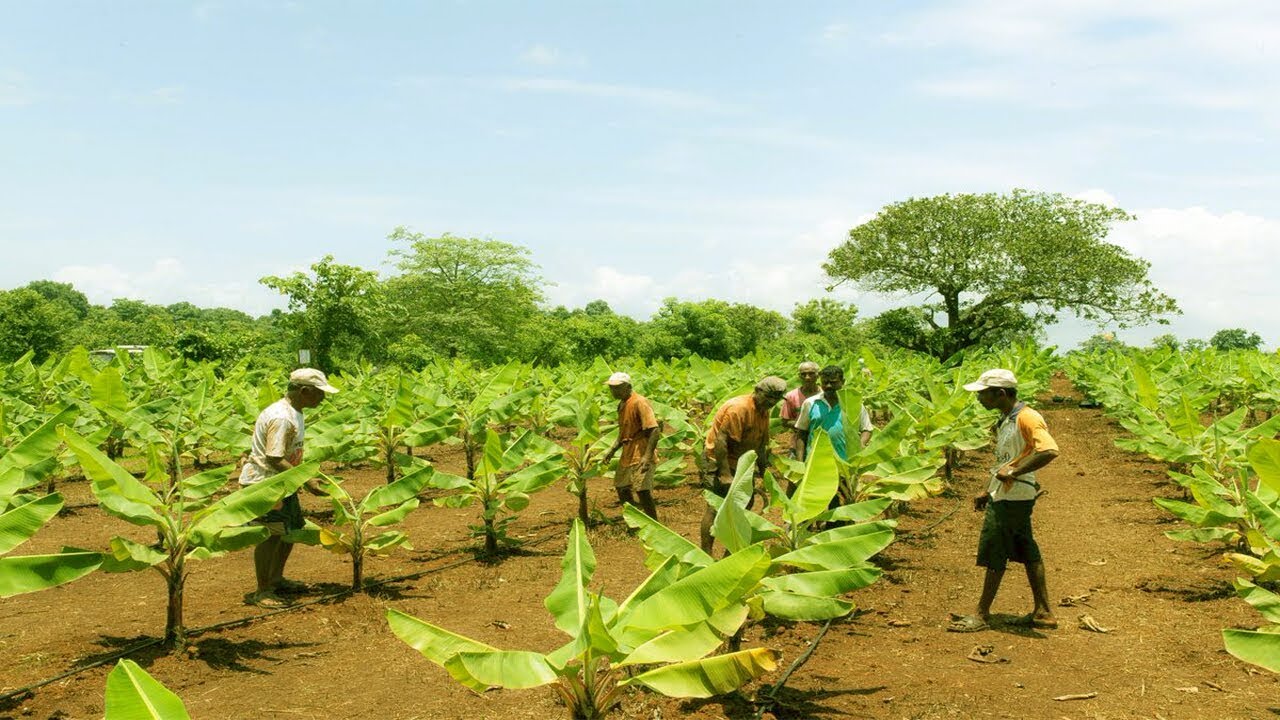
However, after harvesting, banana trunks are usually cut down and thrown away, as a result, they become agriculture waste and lead to environmental pollution. Banana fiber industry not only provides a wide variety of uses in the textile and paper industry but recycling thousand tons of banana trunks which would have become industrial waste causing contamination.
Banana fiber possesses a lot of advantageous physical and chemical properties which can be used as a very good raw material for the textile and packaging industry. Furthermore, banana fiber is even cheaper than cotton and silk if produced on a mass scale. With priorities of farming conditions and the redundant amount of banana trunk remaining, Vietnam has indicated huge export potential in the banana textile industry.
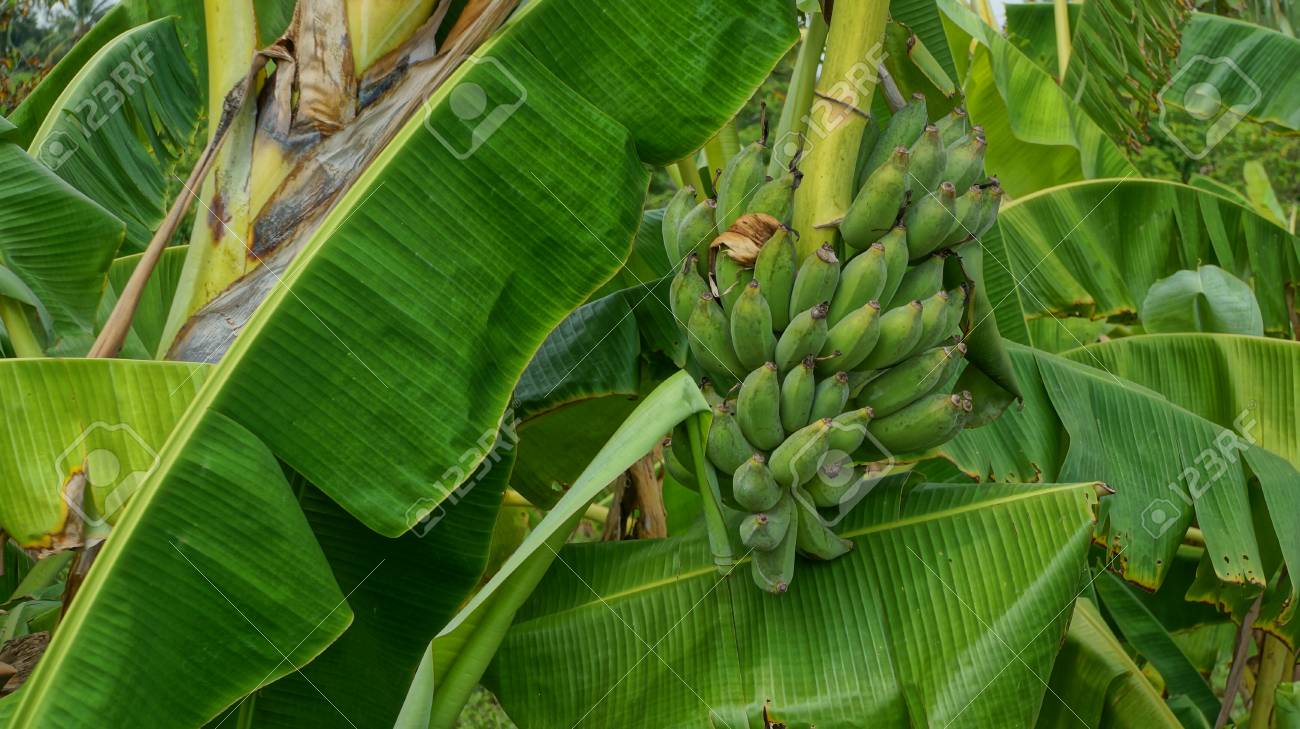
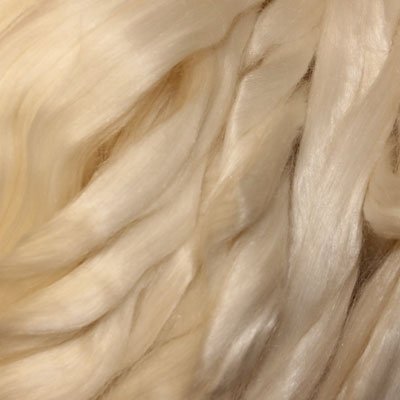
Banana fiber is environmentally friendly
While synthetic fibers as polyester and nylon are made of non- renewable resources like oil and coal and would persist in the environment, banana fiber can be easily decomposed or recycled, and its materials absorb carbon instead of releasing it. One particular example to illustrate the harmful impact of synthetic on the environment is in China. Producing synthetic yarn in China leads to severe pollution and the government has to shut down thousands of factories causing a big impact on the business.
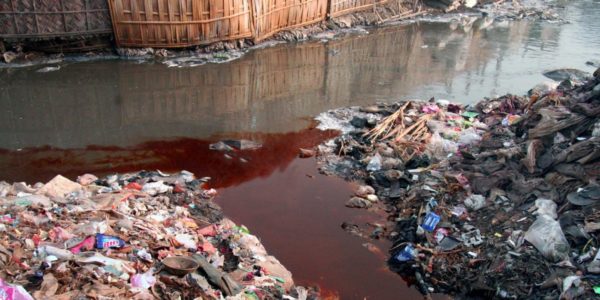
Microfiber plastic pollution on land, under the ocean and lakes, are increasing and considered to affect badly to producing artificial products due to potential harm for human health and animals globally. at, on average, synthetic fleece jackets release 1.7 grams of microfibers each wash These microfibers then travel to your local wastewater treatment plant, where up to 40% of them enter rivers, lakes and oceans Synthetic microfibers are particularly dangerous because they have the potential to poison the food chain. The fibers’ size also allows them to be readily consumed by fish and other wildlife. These plastic fibers have the potential to bioaccumulate, concentrating toxins in the bodies of larger animals, higher up the food chain.
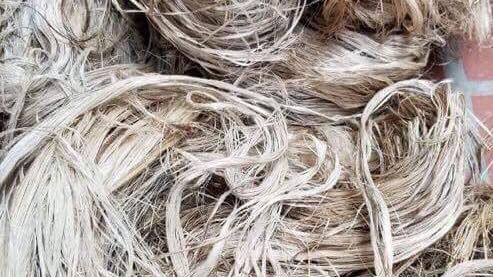
Banana fiber is easily decomposed in water and soil environment, it seems to be a solution saving the environment problems – “An immediate action to reduce microfiber pollution is to ultimate the usage of natural fiber in textile production all over the world.”
Source: cottonusa

You may also be interested in
Musa Pacta participates in launching project VIE/039 in Thua Thien – Hue with a budget of 2 million Euros funded by the Government of Luxembourg and the Government of Vietnam
The People’s Committee of Thua Thien – Hue province and the Luxembourg Development Cooperation Agency...
Dec
VIETNAM BANANA FIBER CRAFTS – MUSA PACTA
Banana fiber is a unique natural handmade material, made from the inner fiber of the...
Apr
PLAN TO GROW MUSHROOMS ON FRESH BANANA GROUNDS
PREPARING MUSHROOM GROWING SUPPLIES 1.Prepare the mushroom growing house Area: about 100m2, corrugated iron roof,...
Jul
Big dreams for the banana industry
Though prices fluctuate all the time, in general they are on the rise, from $300...
Jul
Banana fiber: a green industry that is saving the environment
A fabric made out from banana fiber could well be next green apparel of the...
Jul
Banana fiber: a revolution in textile
Banana plant (scientific name: Musa acuminate) not only gives delicious fruits but also provides textile fiber,...
Jul
Banana fiber applications
The stem of the banana plant is usually thrown away once the plantain is harvested....
Jul
BANANA FIBER BLENDED WITH COTTON
A New Natural Fiber that offers an alternative to Linen Cotton, Linen & Silk are...
Jul